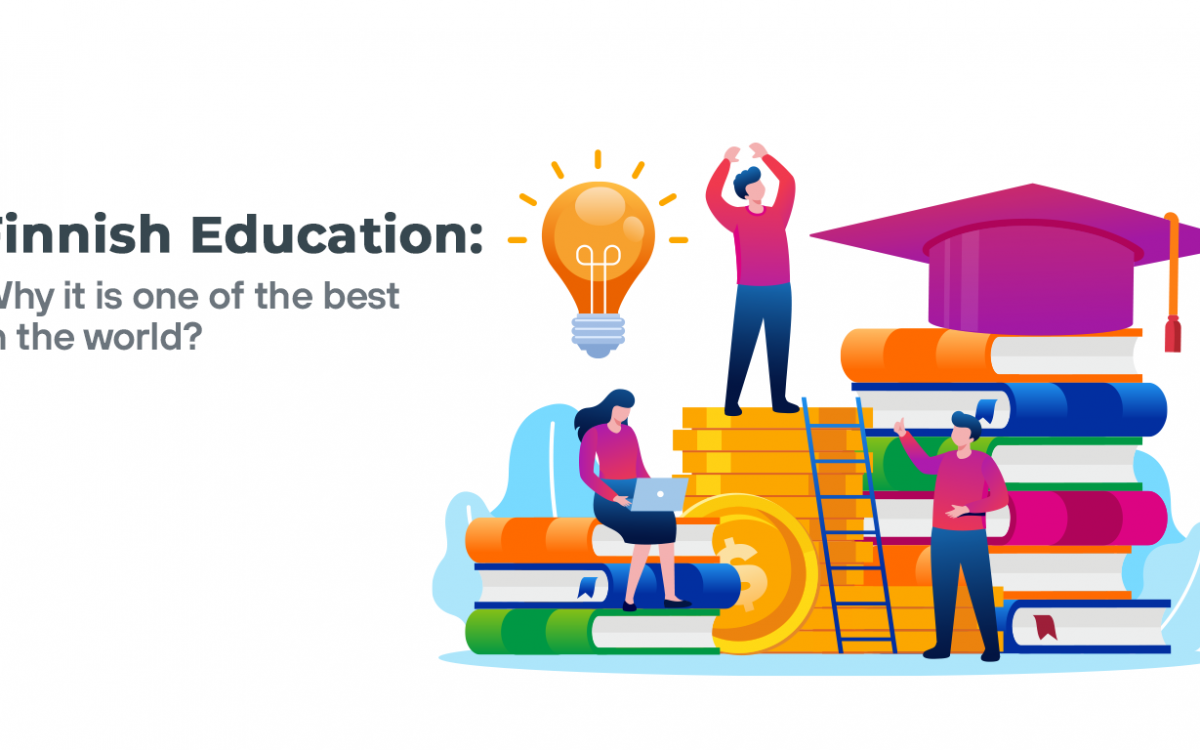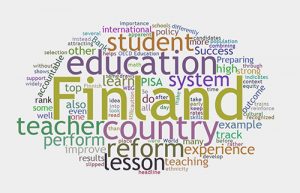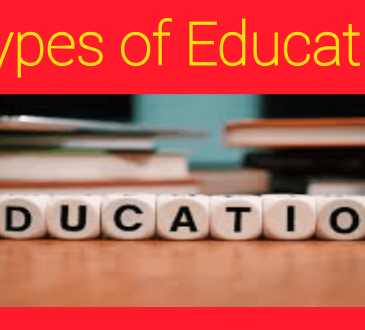Everthing about Finnish Education System You Need To Know
The levels of education in the Finnish Education System are divided. In Finland, there are no dead ends. There is always the option for students to continue their studies at a higher level. Continue reading to learn more about Finnish Education System:
Contents
- Finnish Education System
- Early childhood care and education promote children’s growth, learning, and welfare.
- The learning opportunities for youngsters are improved by pre-primary education.
- The learning opportunities for youngsters are improved by pre-primary education.
- Selecting general or vocational upper secondary education following completion of comprehensive school
Finnish Education System
One of the pillars of the Finnish welfare state is education. We take pride in having an educational system that gives everyone the same access to education. Finland offers free education from pre-primary to higher education. Furthermore, Finnish teachers are well-educated and devoted to their jobs.
The Finnish Education System includes the following:
- Before the start of compulsory education, young children receive early education and care (at the age of seven normally)
- The year before the start of mandatory schooling, when pre-primary education is offered to children,
- Nine years of compulsory primary and lower secondary education (comprehensive school)
- Upper secondary education, which can be either general or focused on a particular field of study, and
- Universities and universities of applied sciences offer higher education.
- Furthermore, all levels of adult Finnish Education System are offered.
Early childhood care and education promote children’s growth, learning, and welfare.
Early childhood Finnish Education System and care (ECEC) integrates teaching, education, and care in a methodical and purposeful approach. The purpose of ECEC is to enhance children’s learning opportunities while also promoting children’s development, health, and well-being. The provision of ECEC for kids under the age of eight is the responsibility of local government entities, or municipalities. The cost of early childhood education and care is a client fee. The price is established based on the family’s size, income, and amount of time the child spends in ECEC.
The preparation and execution of the contents are guided by Finland’s National Core Curriculum for Early Childhood Education and Care, which has been authorized by the Finnish National Agency for Education. The Finnish National Agency for Finnish Education System has approved Finland’s National Core Curriculum for Early Childhood Education and Care, which serves as a roadmap for developing local ECEC curricula as well as a framework for planning and implementing ECEC content.
The learning opportunities for youngsters are improved by pre-primary education.
Children will have improved learning and development possibilities thanks to pre-primary education. The continuum extending from early childhood education and care to primary and lower secondary education includes pre-primary education as a key component. Since 2015, all children in Finland are required to attend pre-primary school, which is free of charge.
Parents and other guardians are responsible for ensuring that their children engage in pre-primary education or other activities that align with the pre-primary education goals. The Finnish National Agency for Education adopted the National Core Curriculum for Pre-Primary Education, which provides a framework for developing local curricula and serves as a guide for the development of pre-primary education’s content.
The learning opportunities for youngsters are improved by pre-primary education.
Children will have improved learning and development possibilities thanks to pre-primary education. The continuum extending from early childhood education and care to primary and lower secondary education includes pre-primary education as a key component. Since 2015, all children in Finland are required to attend pre-primary school, which is free of charge.
Parents and other guardians are responsible for ensuring that their children engage in pre-primary education or other activities that align with the pre-primary education goals. The Finnish National Agency for Education adopted the National Core Curriculum for Pre-Primary Education, which provides a framework for developing local curricula and serves as a guide for the development of pre-primary education’s content.
Each student must submit an application for post-comprehensive school Finnish Education System at the conclusion of comprehensive school. When a student reaches the age of 18 or earns their upper school diploma, their mandatory education is over (a general upper secondary qualification or a vocational qualification).
Selecting general or vocational upper secondary education following completion of comprehensive school
Students who complete comprehensive school proceed on to upper secondary school and have the option of either general education or vocational education and training.vAs its name implies, general upper secondary education (lukio in Finnish) offers general education. Students are not prepared for any certain career by it. Students take the Finnish matriculation examination, a national school-leaving test, at the conclusion of general upper secondary school. Those who succeed on the test may apply to continue their education at colleges, universities of applied sciences, and vocational training centers. Typically, three years are needed to finish general upper secondary education.
Initial, additional, and specialized vocational qualifications are all included in the category of vocational qualifications. Initial vocational training provides the foundational skills needed in the industry. At various phases of their careers, people can expand their abilities with the help of additional and specialized vocational qualifications. Initial vocational credentials often have a scope of 180 ECVET points, subsequent vocational qualifications typically have a scope of 150 points, and specialized vocational qualifications typically have a scope of 180 points.
A personal competence development plan for the student, outlining the subject matter, timeline, and study techniques, is created by the institution and the student before vocational education and training even begins. A training agreement or an apprenticeship agreement can be used to conduct vocational education and training in the workplace. There are several approaches to identifying prior learning that was obtained before the research. Adults and children can both apply for vocational education and training. Vocational education graduates may apply to continue their education in colleges of applied sciences or universities.






